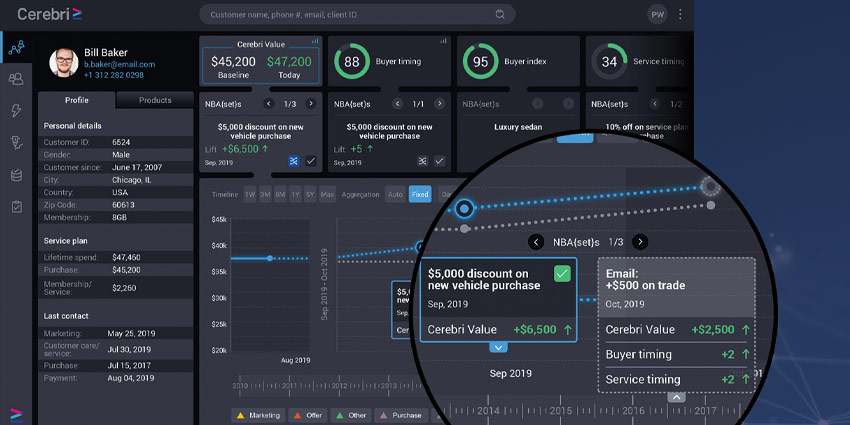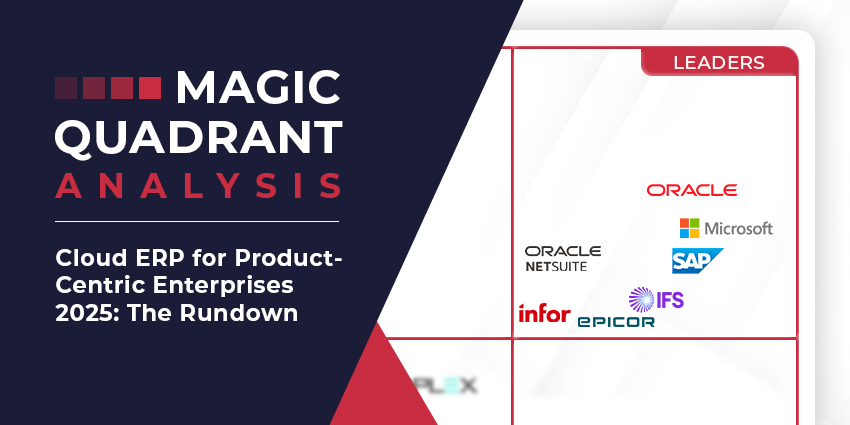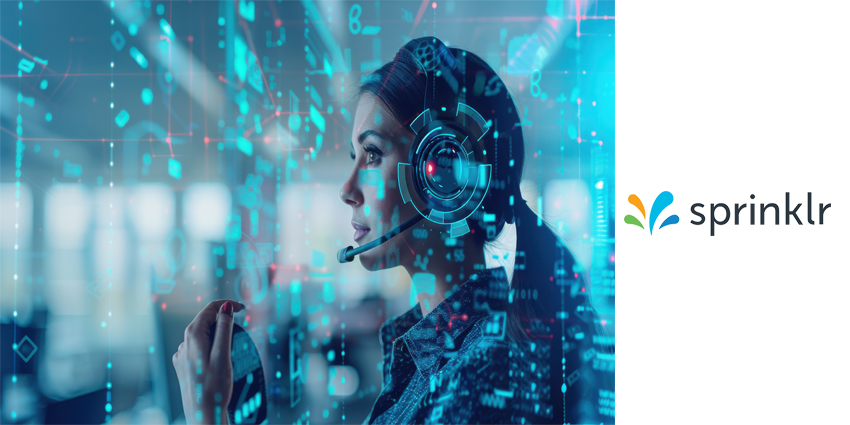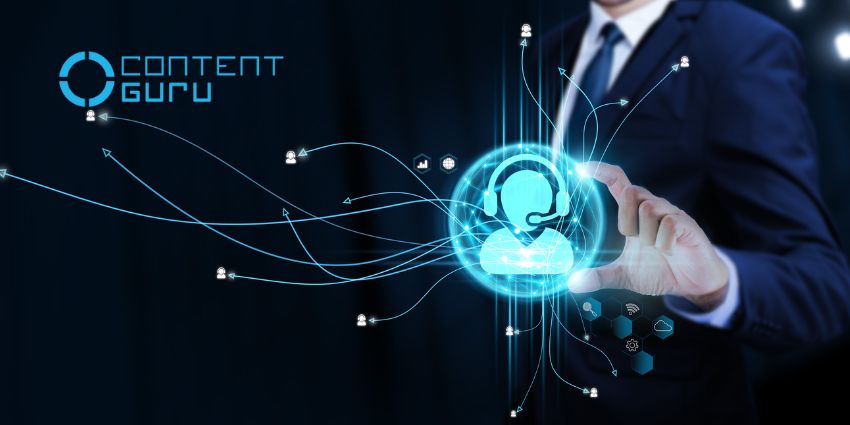Years ago I worked in consumer research, and we divided consumers into 6 socioeconomic categories – A B C1 C2 D E – in order to describe and predict their purchasing behaviour.
Even in an era with many more jobs for life and low social mobility it was, to put it politely, somewhat of a blunt instrument. Other tools followed, such as ACORN and Mosaic, but in insight terms they still represented sweepingly broad-brush categorisations, and were often misunderstood and misused to generate meaningless predictions.
 Entering the 21st century, data analytics got smarter, and so did the marketers. Bespoke personas emerged, validated by research, and used to zero-in on feature needs and likely customer journeys. Agilists built products around these journeys and the predicted path users would take through their screens – but they still lumped customers together into vast batches.
Entering the 21st century, data analytics got smarter, and so did the marketers. Bespoke personas emerged, validated by research, and used to zero-in on feature needs and likely customer journeys. Agilists built products around these journeys and the predicted path users would take through their screens – but they still lumped customers together into vast batches.
Today we can do better, and bringing the power of artificial intelligence and machine learning to the behavioural data of customers, Cerebri AI CV/CX v2, launched in November, is crafting unique customer journeys for every user in their database – creating a profile as individual as a fingerprint, to predict their future behaviour based on their every interaction to date, by breaking down the silos between data on actions, demographics, marketing activities and business intelligence.
Unlimited KPIs
As Cerebri AI CEO and co-founder, Jean Belanger, explained, “there really is no limit to the number and type of KPIs we’re able to measure using AI. In the UK automotive sector, across 58 dealerships, we’re up to 100 million events in the dataset”. Behaviour has the greatest influence, with demographics (sorry, old-school consumer researchers) having less than 20% of the predictive ability, by comparison, in terms of what the customer ultimately buys. He continued,
“What you service, where you service, how you react to marketing, survey results – all the vast number of things people have in their enterprise data repositories, that never usually gets correlated in one place”
The tool uses reinforcement learning, to predict the customer’s next action and then compare this against the actual outcomes, to improve continually improve its accuracy. “It’s training the system, to almost play a game with itself – to figure out the rules and how to take the right steps and actions, to win the game fastest”, as Belanger described it. To provide guidance for the agent on a call, offer up the next best actions for the sales interaction to take, and even schedule marketing communications – such as a discount offer to be sent by whatsapp at the optimal moment – right from within the app.
Cerebri AI are presently working in telecoms and financial services as well as automotive, with scope for applying the same tools in other verticals going forward. Because as with every paradigm shift in behavioural modelling, the fact that this can now be done means it will rapidly become the new standard…
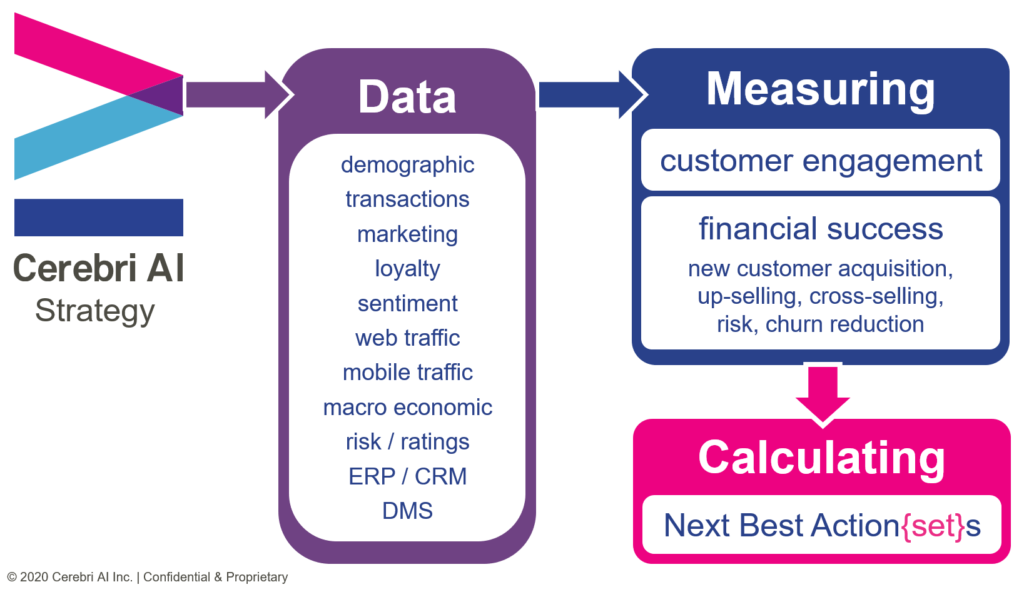
People are not demographics, personas, or even users. They are unique, complex, contradictory individuals, who can’t always identify and explain why the take the actions they do. It’s tools like Cerebri AI, just like the advertising algorithms of social networks, which now know us better than we do ourselves – and that’s the future that every brand will need to get on board with in order to maintain competitive advantage.
